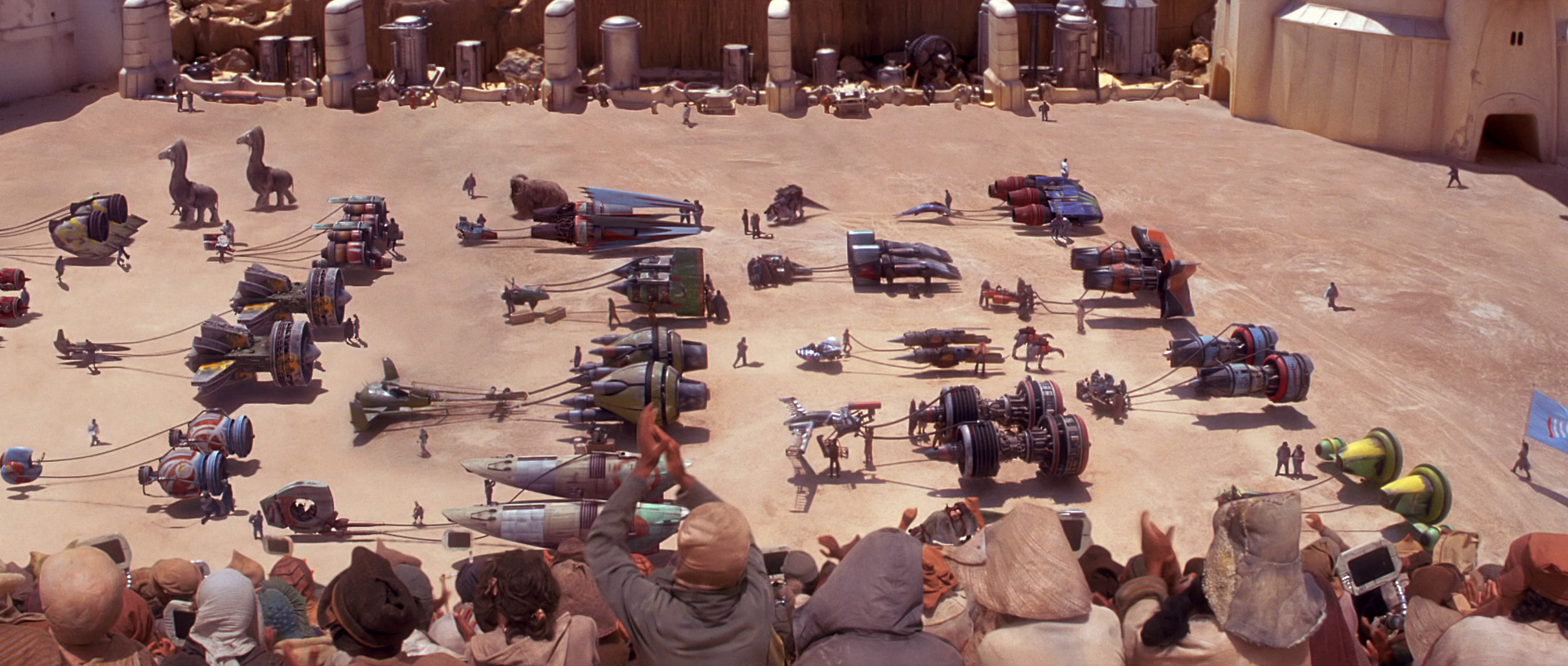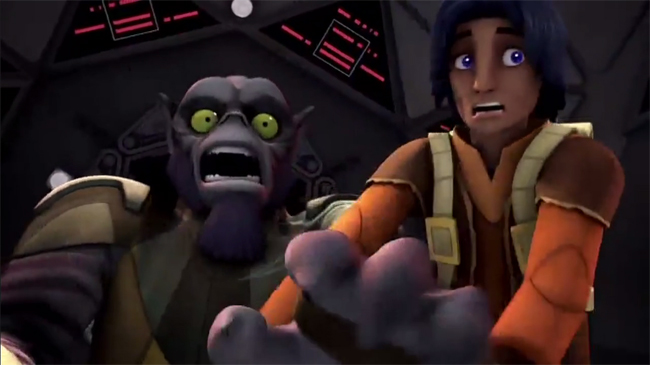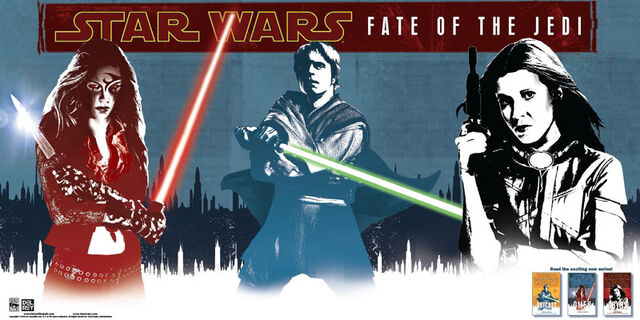
“Maybe it’s a good thing the old religion died.”
Ben: What sort of galaxy would there be without the Jedi? Without its foremost peacekeepers, its moral compass? What if the guardians of justice for generations simply vanished overnight? What if the ones to replace them sought to sow fear where the Jedi had sown hope, to control and dictate where the Jedi had let the Force and life take its course?
When the Emperor ordered the Jedi exterminated, he instantly turned the galaxy-wide war against the Separatists into a sideshow and brought the entire Republic under his personal dominion, to be shaped as he saw fit. Everything changed. The galaxy became a darker, more materialistic place. The Force became a forgotten term for an outdated and mocked religion. The Jedi were whispered about in the dark for a time, then slowly forgotten. What few Jedi survived the purge live a lie, hiding in such deep, dark places from which they might never emerge. An entire generation of beings emerged who were raised in a galaxy without its brightest light. Read More




